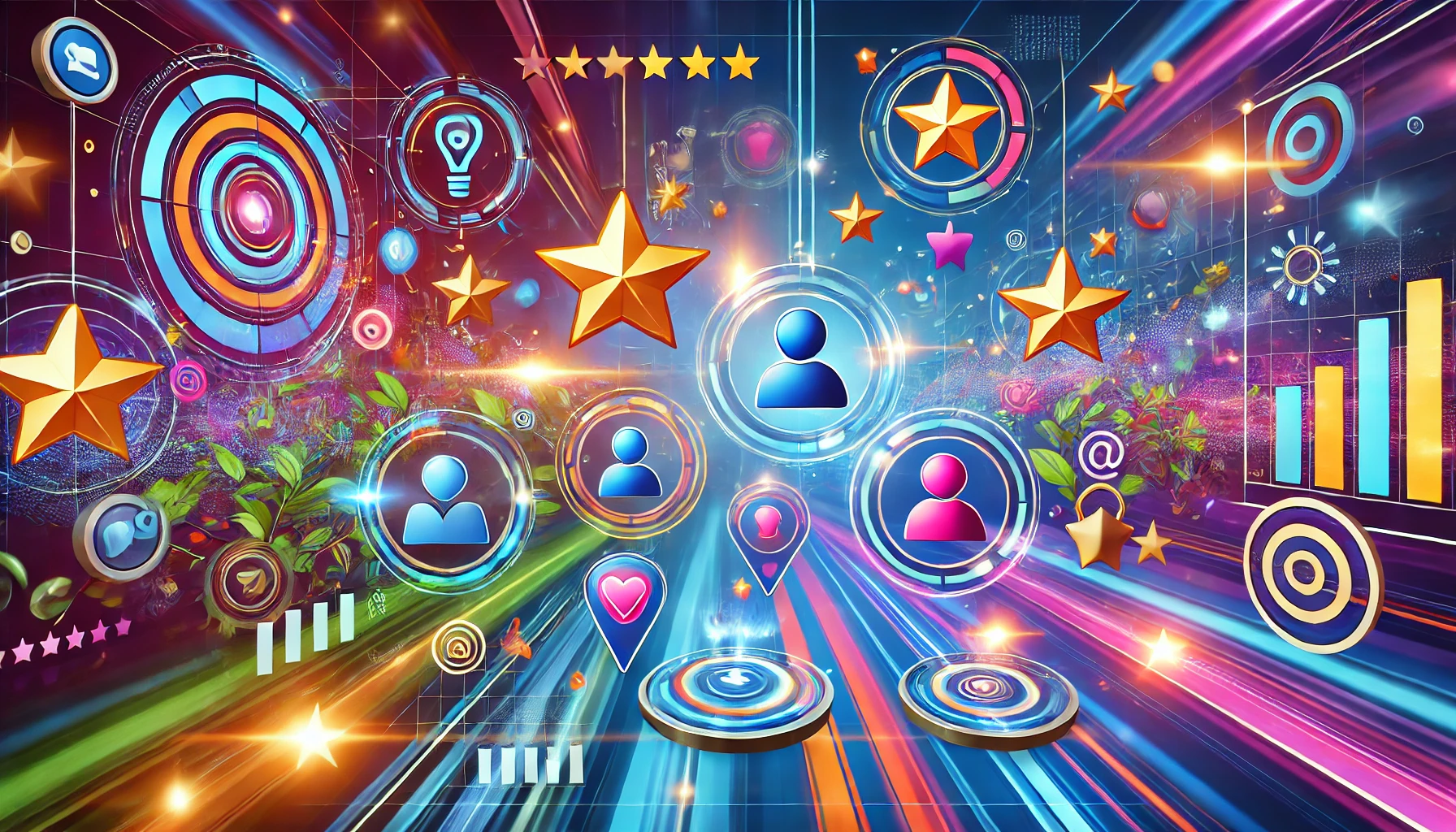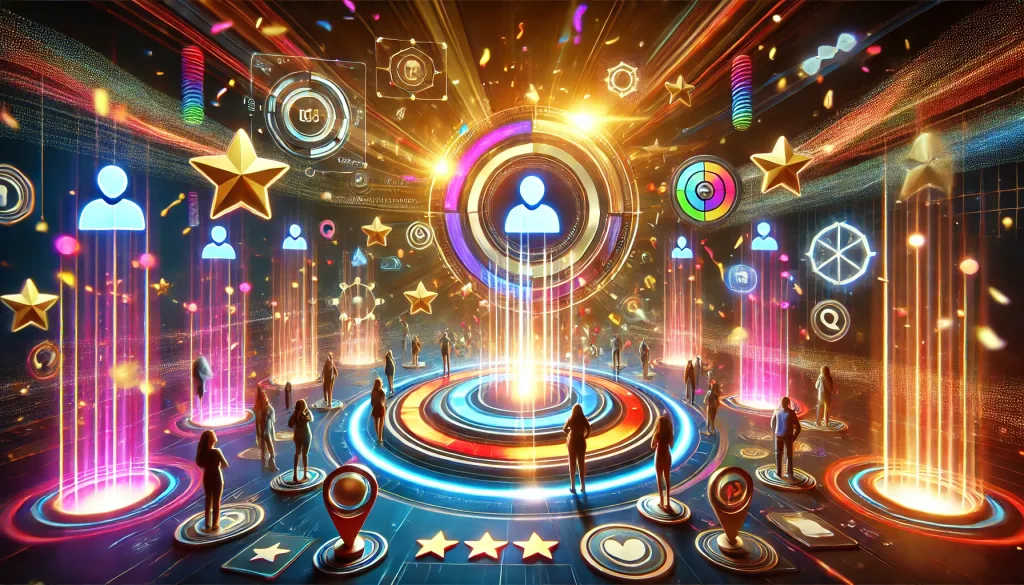
Leveraging Gamification to Enhance Customer Engagement
Customer engagement is an essential metric in today’s competitive market. As businesses strive to create meaningful connections with their audience, innovative techniques like gamification have emerged as a powerful tool. Gamification leverages game mechanics in non-gaming environments, helping brands connect with customers on a deeper level. This article explores the key elements of gamification, real-world applications, and actionable strategies to implement it effectively.
Understanding Gamification in Marketing
Gamification is the process of incorporating game-like elements into business strategies to engage users, encourage participation, and drive desired behaviours. It capitalises on psychological principles such as rewards, competition, and progress tracking, making customer experiences more interactive and enjoyable.
With gamification, businesses can transform mundane interactions into engaging activities. This not only enhances user satisfaction but also fosters long-term loyalty. From fitness apps that reward users for achieving milestones to loyalty programs that gamify shopping experiences, the possibilities are endless.
Key Elements of Gamification
To create a successful gamification strategy, businesses need to understand its core components:
- Points and Rewards: Offering tangible or intangible incentives keeps users motivated to engage with the platform.
- Leaderboards: A sense of competition inspires users to stay active and strive for better rankings.
- Challenges and Quests: These keep users goal-oriented and invested in completing tasks.
- Feedback Loops: Real-time feedback ensures users remain informed about their progress, encouraging continued interaction.
When executed correctly, these elements can enhance customer experiences and drive loyalty, ultimately boosting business performance.
Real-World Applications of Gamification
Gamification is not confined to specific industries—it has applications across various sectors, including retail, education, healthcare, and finance. By leveraging gamification, businesses can create value for their customers while achieving their objectives.
In marketing, gamification helps brands increase customer interaction. For example, businesses can use gamified surveys or quizzes to gather feedback while keeping customers engaged. Similarly, incorporating game mechanics into loyalty programs can enhance customer retention and encourage repeat purchases.
Examples of Gamification Success
Many leading brands have successfully adopted gamification:
- Starbucks Rewards Program: Customers earn stars for purchases, which they can redeem for free items. This gamified system has been instrumental in driving customer retention.
- Duolingo: By using streaks, levels, and achievement badges, this language-learning app keeps users motivated to return daily.
- Nike+ Run Club: This fitness app gamifies exercise with virtual challenges, badges, and community leaderboards, fostering a sense of achievement and camaraderie.
These examples demonstrate the potential of gamification to enhance user experiences and create lasting brand loyalty.

Steps to Implement Gamification in Your Strategy
Integrating gamification into your business model requires a structured approach. By aligning gamification techniques with your objectives and understanding your audience, you can create impactful experiences.
However, successful implementation goes beyond simply adding points and rewards. It requires a thorough understanding of your audience’s preferences and a clear alignment with your business goals. Below are the essential steps to incorporate gamification effectively:
Actionable Steps
Follow these steps to integrate gamification into your business strategy:
- Understand Your Audience: Identify what motivates your customers—whether it’s competition, rewards, or recognition.
- Set Clear Objectives: Define what you aim to achieve, such as increased engagement, improved loyalty, or higher conversion rates.
- Choose the Right Tools: Use gamification platforms that align with your strategy, offering features such as progress tracking and real-time feedback.
- Monitor and Optimise: Regularly evaluate the performance of your gamification efforts and adjust based on customer feedback and data insights.
By focusing on these key areas, businesses can create gamified experiences that not only engage users but also drive measurable results. Gamification is not a one-size-fits-all approach, but with thoughtful implementation, it can revolutionise how customers interact with your brand.
